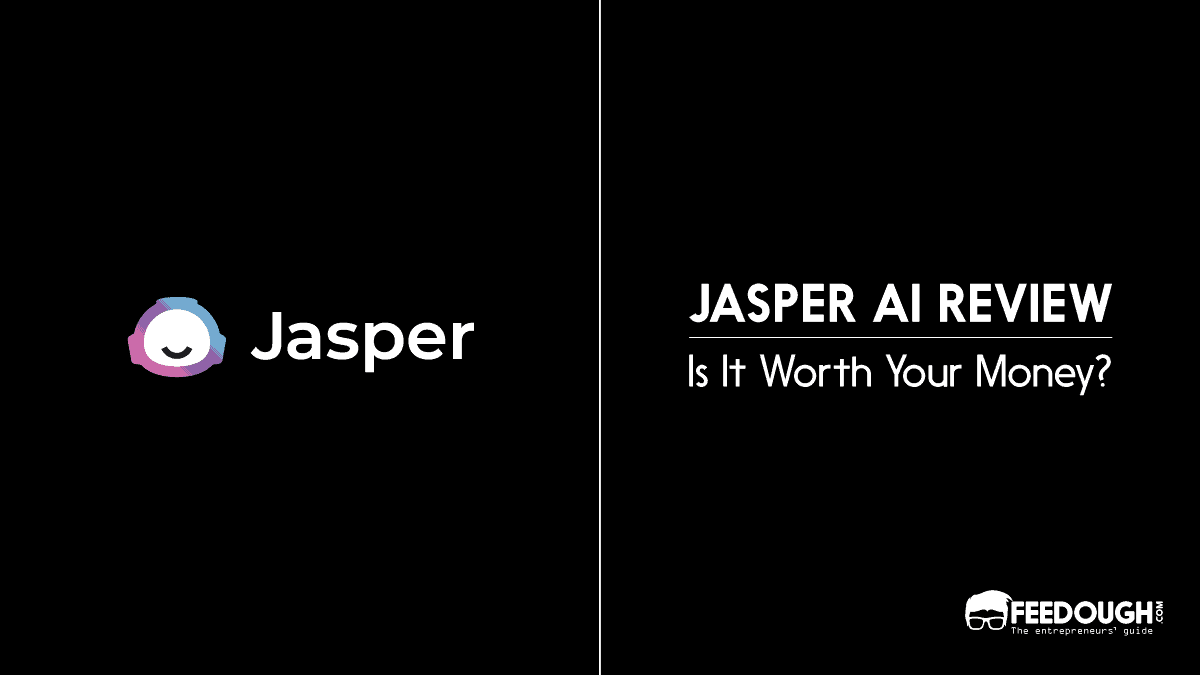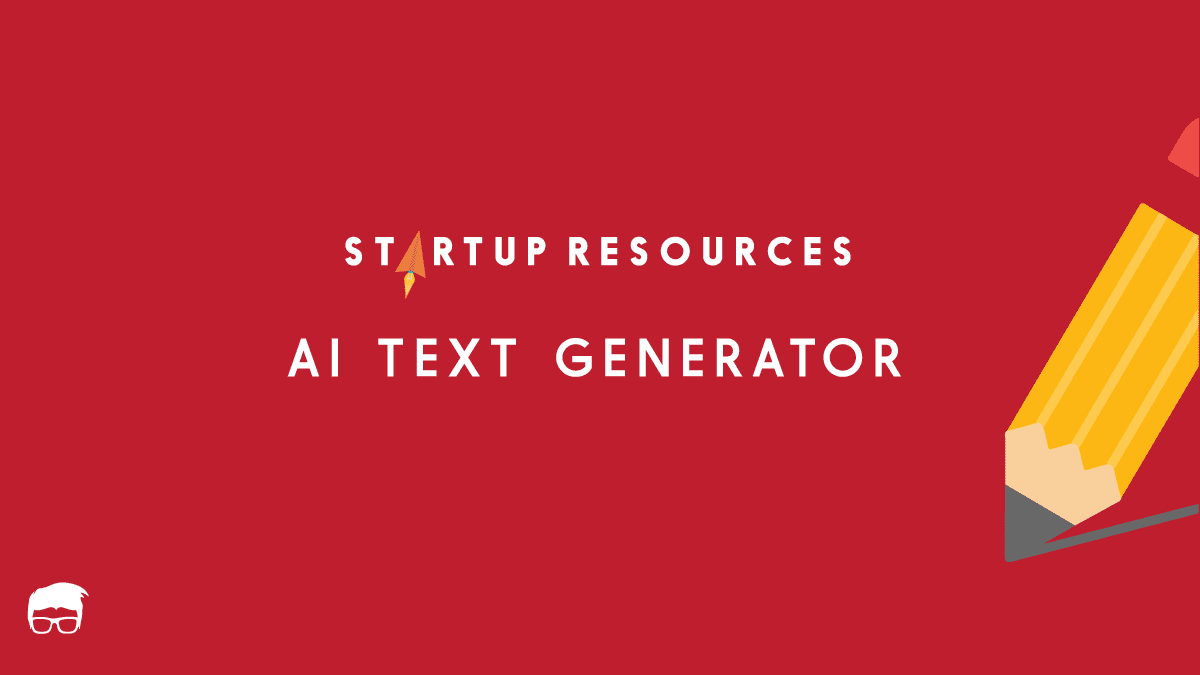76% of marketers are already using AI to write content. If you’re a content writer or planning to be one, it’s completely normal to wonder if AI will replace content writers.
You’ve seen it yourself. AI can pump out blog posts in minutes, write product descriptions by the hundreds, and generate social media captions faster than a human can. Maybe you’ve even used it yourself and thought, “Well, this is pretty good actually.” The tools are getting better every month, and it’s hard not to wonder if you’re watching your job slowly disappear.
But here’s the thing: while AI could potentially replace 300 million jobs globally, something weird is happening in the content world. Companies using AI are producing 42% more content than before, yet they’re still hiring writers.
So what’s actually going on? Are content writers getting replaced, or is something else happening that the headlines aren’t telling you?
Job Displacement Data
When you look at the actual numbers behind AI job displacement, the scale becomes staggering. AI could potentially replace up to 300 million jobs globally, with specific regional impacts that paint a clearer picture of what’s coming.
In the US, the timeline is particularly aggressive. The country is projected to have 30% of its jobs replaced by AI by 2030 – that’s less than six years away. What makes this more than just another prediction is how it aligns with current workplace anxiety.
Here’s where theory meets reality: 19% of US workers could see more than half of their tasks impacted by AI. That’s not jobs disappearing entirely, but fundamental role changes that require completely different skill sets.
The psychological impact is already showing. 43% of workers expect AI to cause their job to significantly change in the next five years. This isn’t abstract fear – it’s workers watching AI tools handle tasks they used to do manually.
Some industries are feeling it more intensely. Take marketing, where 51% of workers believe their jobs will change due to AI. When you see AI writing ad copy, creating social media content, and analysing customer data, this anxiety makes complete sense.
What’s interesting is how these numbers connect to actual workplace changes. You’ve probably noticed AI chatbots handling customer service, automated reports replacing manual analysis, and AI tools doing design work that used to require human creativity. The statistics aren’t predictions anymore – they’re documentation of changes already happening.
The thing is, these numbers represent two different realities. The global 300 million figure includes jobs that will be completely eliminated. But the 19% of US workers facing major task changes? Many of those roles will evolve rather than disappear. The challenge isn’t just job loss – it’s the speed at which entire job descriptions are being rewritten.
What AI Cannot Replace (Yet)
While AI can churn out product descriptions and social media captions, it hits a wall when content requires deep strategic thinking or emotional intelligence.
Take brand voice consistency across campaigns. AI can mimic a tone for individual pieces, but it can’t understand how a brand’s voice should evolve during a crisis or shift when entering new markets. You need human judgment to know when Wendy’s sassy Twitter personality should dial back during sensitive cultural moments.
Strategic content planning sits firmly in human territory because it requires understanding business contexts that change daily. When a competitor launches a product or regulatory changes hit an industry, human writers can immediately adjust the messaging strategy. AI operates on training data that’s already months old.
Then there’s the expertise gap. Try asking AI to write about niche B2B software implementation or explain complex financial regulations to small business owners. It’ll give you generic fluff because it lacks the lived experience of working with frustrated CFOs or understanding industry pain points that only come from years in the field.
Emotionally resonant storytelling presents another challenge. AI can identify that “loss” and “hope” are emotional triggers, but it can’t craft a story that speaks to divorced dads trying to reconnect with teenagers or small business owners facing their second pandemic closure. These narratives require understanding human psychology at levels AI simply cannot access.
Cultural awareness rounds out AI’s blind spots. When a viral TikTok trend shifts public opinion overnight, or when a news event requires immediate brand response, human writers can read the room and adjust messaging accordingly. AI might reference outdated cultural contexts or miss subtle shifts in public sentiment that could make content tone-deaf.
Real-World Impact: What’s Happening in Agencies and Publishing
Walk into any modern marketing agency today, and you’ll see something interesting happening. Teams aren’t shrinking – they’re just working differently. The numbers tell a compelling story about how AI is actually reshaping content workflows.
According to Firewire Digital, marketers using AI tools are producing 42% more content than their purely human counterparts. But here’s what that actually looks like on the ground: writers aren’t being replaced by robots churning out finished articles. Instead, they’re using AI to handle the heavy lifting of initial research and first drafts, then applying their expertise where it matters most.
The hybrid model is playing out exactly as you’d expect. Marketing teams using AI writing tools test 3.7 times more content variations for campaigns than teams working without it. That’s not because AI is making final decisions; it’s because writers can quickly generate multiple approaches and then use their judgment to select and refine the best options.
What’s particularly interesting is how this affects brand consistency. You might think AI would make content feel more generic, but more than half of businesses using AI writing tools report significant improvements in maintaining a consistent brand voice across all channels. The reason? AI helps establish baseline consistency, while human editors ensure the personality and strategic messaging stay on point.
In practice, this means content teams are becoming more strategic. Writers spend less time staring at blank pages and more time on high-level planning, audience analysis, and creative refinement. The workflow looks like this: AI handles initial research and drafting, humans provide strategic direction and final polish, and everyone focuses on what they do best.
The result isn’t fewer writing jobs – it’s more content per writer, with each person able to tackle projects that would have previously required entire teams.
What Writers and Content Marketers Are Actually Saying
The writing community’s response to AI has been anything but uniform. You’re seeing a clear divide between those who’ve embraced the technology early and those still wrestling with what it means for their careers.
The anxiety is real and measurable. That 51% of marketing workers expecting significant changes in their roles? They’re not just statistics; they’re the writers in LinkedIn groups asking if they should pivot careers entirely. The conversations happening in professional communities reveal two distinct camps emerging.
On one side, you have the “AI-aware writers” who’ve started positioning themselves as “Human+AI Content Specialists” on their profiles. These professionals aren’t just using AI tools; they’re advertising their ability to elevate AI output with human insight. They’ve figured out that the market values someone who can prompt effectively, edit AI content strategically, and know when to go fully human.
But here’s what’s causing the most tension: it’s not about job elimination as much as rate compression. Traditional writers are finding clients asking for faster turnarounds at lower rates because “AI can do most of it now.” The experienced writers who’ve adapted are actually finding new opportunities in quality control and strategic content direction.
The split is particularly stark between experience levels. Veteran content creators with established relationships and deep industry knowledge are repositioning themselves as AI orchestrators. Meanwhile, entry-level writers face a tougher landscape where basic content creation, their traditional entry point, increasingly requires AI fluency just to stay competitive.
What you’re not hearing much about is writers completely abandoning the field. Instead, they’re evolving their skill sets faster than many anticipated.
Current AI Content Writing Adoption Rates
Here’s something that might surprise you: The leaders making decisions about AI in the workplace have a wildly different view of reality than their own employees. McKinsey’s 2025 research reveals that 99% of C-suite leaders know about AI tools, but they think only 4% of employees use them for at least 30% of their daily work. The reality? It’s actually 12% three times higher than what executives believe.
This disconnect tells us something crucial about AI’s role in content creation. Management sees limited adoption while workers are quietly integrating these tools into their daily workflows. You’re not looking at replacement happening in boardrooms. You’re seeing grassroots adoption by people who need to get stuff done.
The numbers back this up. Siege Media’s research shows that 76% of marketers now use AI for basic content creation and copywriting. But here’s what that really means: They’re using AI as part of their process, not as their replacement.
Think about it this way: when 47% of marketers use AI tools to generate content, they’re not disappearing from their jobs. They’re adapting their workflows. The content still needs human judgment, editing, strategy, and brand alignment. AI handles the heavy lifting of initial drafts and brainstorming, while humans do what they’ve always done: make the final calls on what works.
What you’re seeing here isn’t job elimination. It’s job evolution. These adoption rates show AI becoming embedded in content workflows the same way spell-check or Google Docs did before it. Essential? Yes. Revolutionary for productivity? Absolutely. But replacement? The data suggests otherwise.
The Honest Answer
AI isn’t replacing content writers as a whole, but it’s definitely reshaping what writing work looks like.
The commodity content market, think basic product descriptions, simple social posts, and templated blog content, is already being automated. If you’re competing on volume and speed for generic writing, that battle is largely over. The 19% of workers facing significant task disruption? They’re mostly in this category.
But here’s where it gets interesting. Strategic content that requires industry expertise, emotional intelligence, or cultural understanding remains firmly in human hands. The 76% of marketers using AI tools aren’t replacing their writers – they’re having them collaborate with AI to produce that 42% increase in content output we mentioned.
Entry-level writers face the biggest challenge. The “easy” assignments that used to be learning opportunities are disappearing. But experienced writers who understand their audience and can craft compelling narratives? They’re actually in higher demand because businesses need that human insight more than ever.
The real winners are adapting right now. They’re learning to use AI as a research assistant and first-draft generator while focusing their human skills on strategy, editing, and relationship-building. These hybrid workflows aren’t just surviving – they’re thriving.
Will AI replace content writers? For basic, repetitive content, it already has. For everything else, it’s creating new opportunities for those smart enough to evolve with the technology rather than compete against it.
A startup consultant, digital marketer, traveller, and philomath. Aashish has worked with over 20 startups and successfully helped them ideate, raise money, and succeed. When not working, he can be found hiking, camping, and stargazing.



![How To Develop Your Startup's Blog? [Detailed Guide] Startup blog](https://www.feedough.com/wp-content/uploads/2022/09/Startup-blog.webp)





